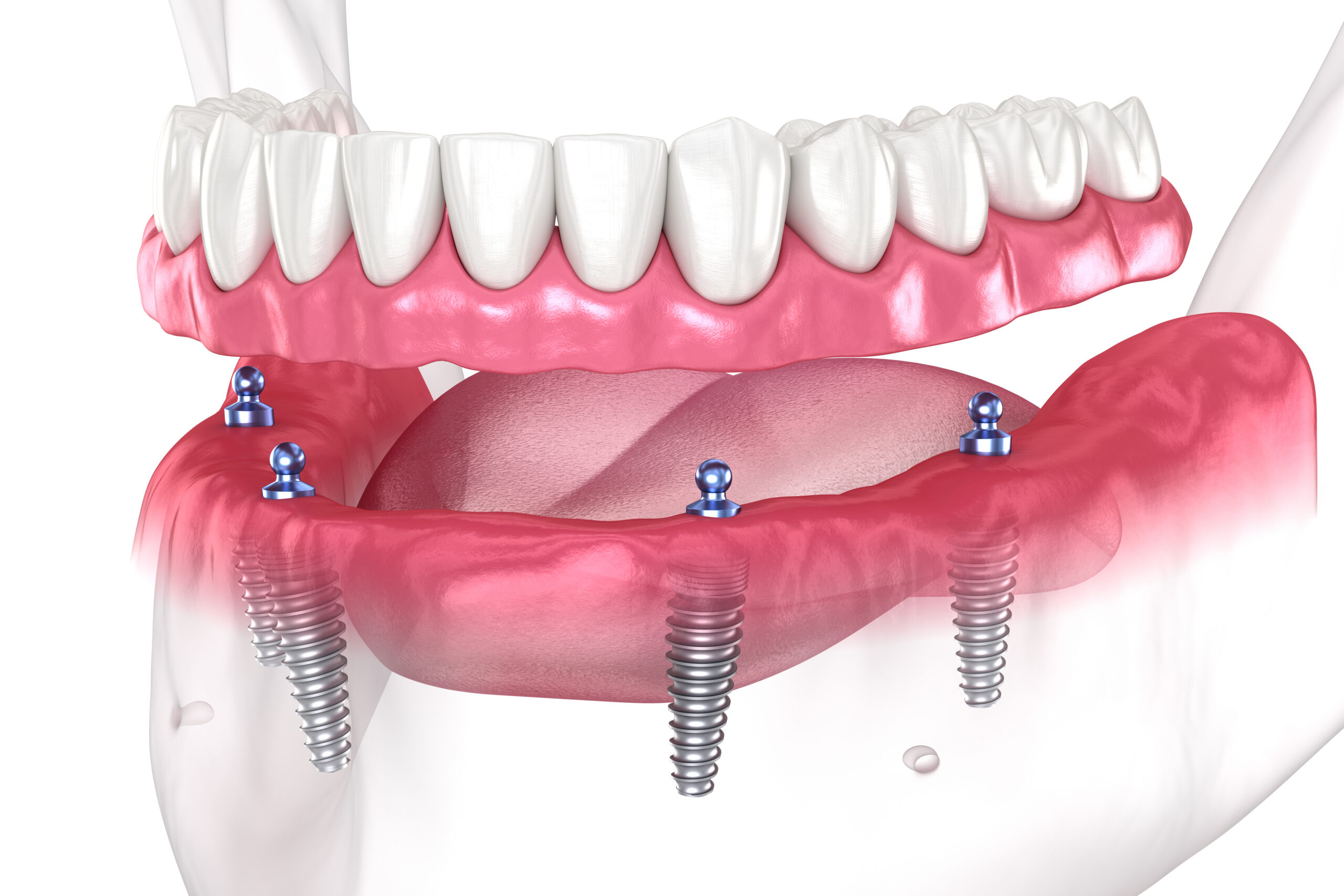Indicators on Dental Sense You Should Know
Indicators on Dental Sense You Should Know
Blog Article
The 6-Second Trick For Dental Sense
Table of ContentsDental Sense Things To Know Before You BuyHow Dental Sense can Save You Time, Stress, and Money.Getting My Dental Sense To WorkThe Ultimate Guide To Dental Sense
are clinical gadgets surgically implanted into the jaw to restore a person's capacity to eat or their appearance. They supply support for man-made (fake) teeth, such as crowns, bridges, or dentures. When a tooth is lost because of injury or condition, a person can experience issues such as rapid bone loss, malfunctioning speech, or changes to chewing patterns that cause pain.Dental implant systems include a dental implant body and oral implant joint and might likewise include an abutment fixation screw. Wisdom tooth cavity. The dental implant body is surgically placed in the jawbone instead of the tooth's root. The dental implant joint is generally affixed to the implant body by the abutment addiction screw and prolongs via gum tissues right into the mouth to sustain the affixed synthetic teeth
(https://www.tripadvisor.in/Profile/dentalsense1)Structure of The Oral Implant System choosing dental implants, talk to your dental provider about the prospective benefits and threats, and whether you are a candidate for the treatment. Points to think about: Your overall wellness is an important factor in establishing whether you are a great candidate for dental implants, how long it will certainly require to recover, and how much time the dental implant might remain in area.
Smoking cigarettes may impact the healing process and decrease the lasting success of the dental implant. The healing process for the dental implant body might take numerous months or longer, during which time you typically have a short-term abutment in area of the tooth. the dental implant treatment: Very carefully adhere to the oral health guidelines provided to you by your dental service provider.
Dental Sense Things To Know Before You Get This
Implant failing can lead to the requirement for another operation to deal with or change the implant system. Recovers the ability to chew Restores cosmetic appearance Helps maintain the jawbone from reducing due to bone loss Maintains the wellness of the surrounding bone and periodontals Aids keep nearby (neighboring) teeth secure Boosts quality of life Damages to bordering natural teeth during implant positioning Injury to the surrounding tissues throughout surgery, such as sinus perforation Injury during surgery (as an example, crack of bordering jawbone) Inadequate function, such as seeming like the teeth do not attack together usually A sensation that the tooth hangs or twisting in position arising from a joint screw loosening Implant body failure (looseness of the dental implant body) due to systemic infection, which might be most likely in patients with uncontrolled diabetes mellitus because of local infection in bone and gum tissues sustaining the implant body as a result of postponed healing, which may be much more likely in individuals that smoke Trouble cleaning up the gums around the dental implant, resulting in poor dental hygiene Neglected gum illness Post-surgical numbness because of nerve impingement or damages Constantly notify health treatment service providers and imaging professionals that you have oral implants prior to any type of magnetic vibration imaging (MRI) or x-ray procedures.
FDA is not familiar with any adverse events reported for MRI or x-ray treatments with dental implants. Dental implants systems are typically made of materials that comply with global consensus standards of the International Company for Standardization (ISO) or ASTM International. These standards have details of what makes a secure product.

A dental implant is a structure that replaces a missing out on tooth. With screw-like devices, the doctor inserts a dental implant right into the jawbone, and it functions as a support for a synthetic tooth, called a crown. A gadget called an abutment connects the man-made tooth to the dental implant. The crown is personalized to fit the person's mouth and match the color of their teeth.
Top Guidelines Of Dental Sense
Some people are not eligible for dental implant surgical treatment. It is for dental specialists to run on individuals with: acute illnessuncontrollable metabolic diseasebone or soft cells disease or infectionIf these problems are settled, an individual can have the surgery. In, oral doctors avoid from operating on people with: If people with any of the above go through oral implant surgery, there is a greater risk of the implant falling short.

Dental implant surgical procedure is a personalized process. Give you time to recover. Connect the blog post and final crown, bridge or denture.
Next off, your surgeon will very carefully place the dental implant into your jaw. Ultimately, your specialist will rearrange your periodontals and shut the laceration with stitches. If your dental implant is near the front of your mouth, your dental expert will certainly make a momentary tooth for you to put on until you heal. That method, you won't have a void in your smile while you recoup.
Dental Sense Fundamentals Explained
Your copyright can inform you what to expect in your scenario. During the healing phase, your jawbone needs to fuse to the oral implant. This process, called osseointegration, is critical for security and long-term success. This procedure can take anywhere from three to nine months. In many cases, it might take longer.
When your implant heals, your dental practitioner can connect the abutment (small port message) and your last reconstruction (crown, bridge or denture). This generally takes regarding one hour to finish and might call for a second small surgery. You should not really feel any kind of pain throughout your oral implant procedure due to the fact that your provider will use drug to numb your periodontals.
Report this page